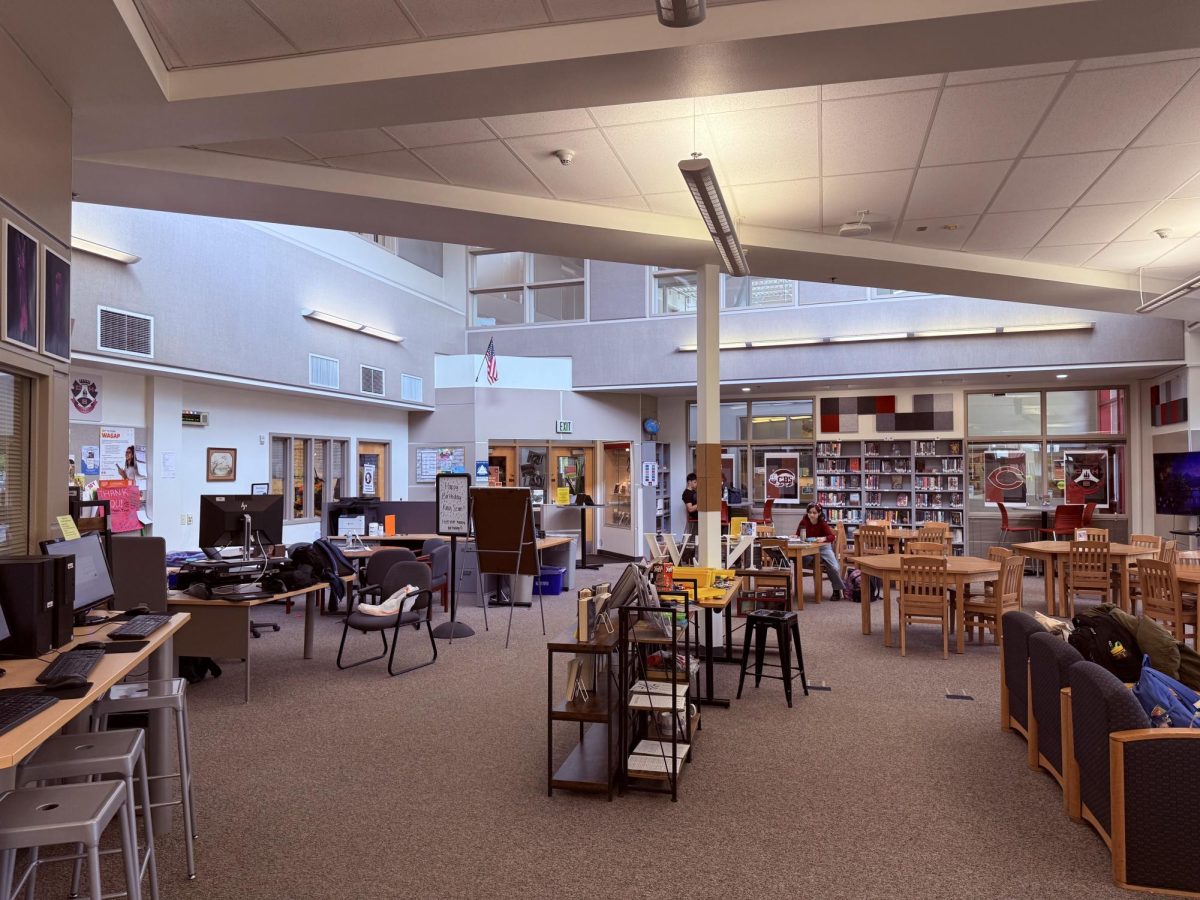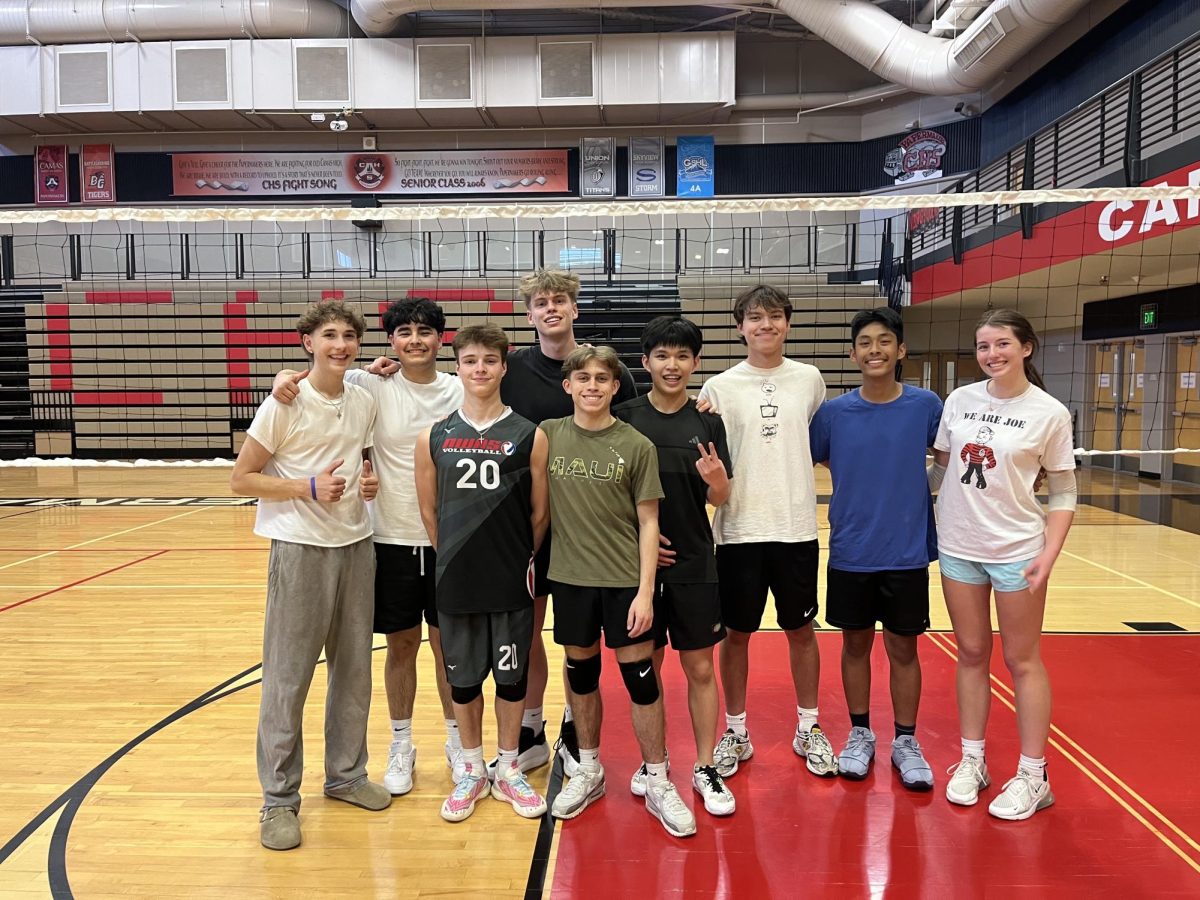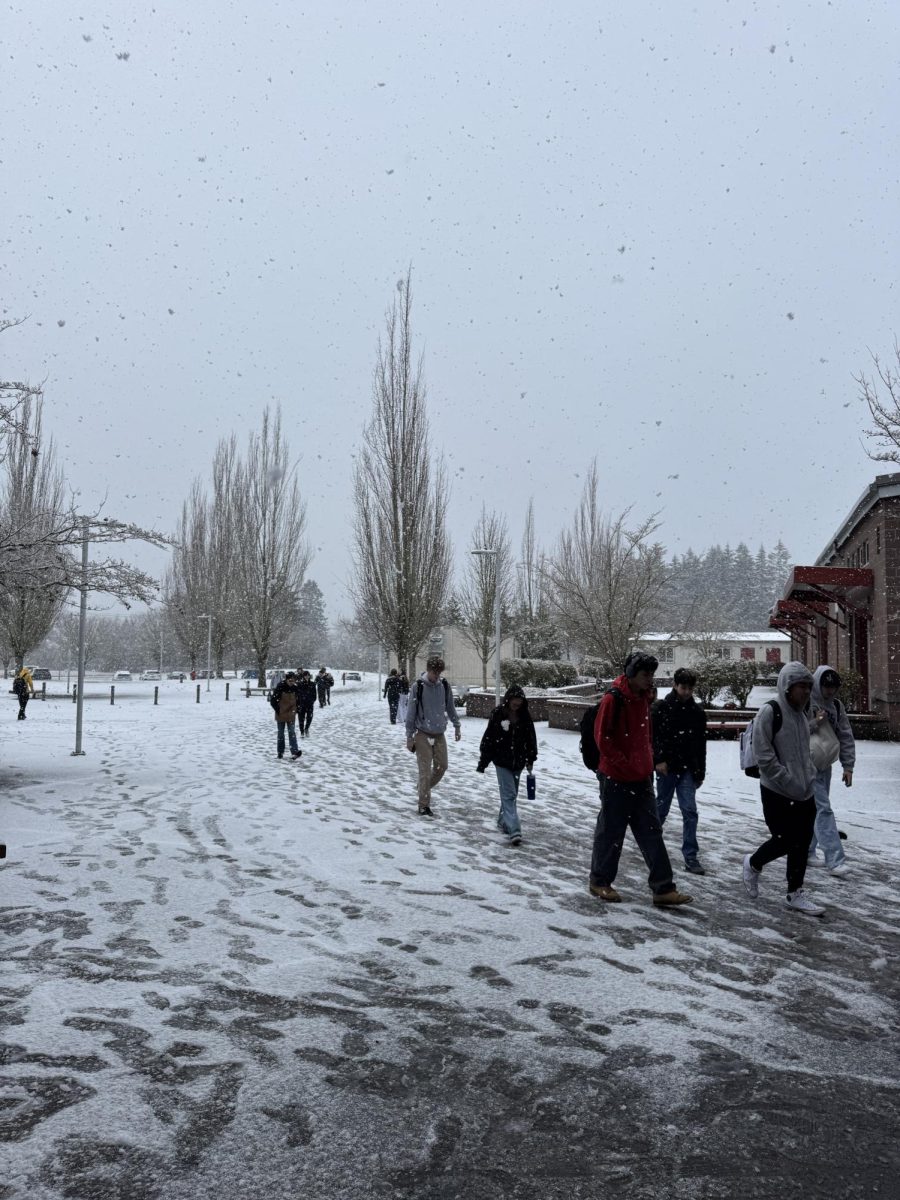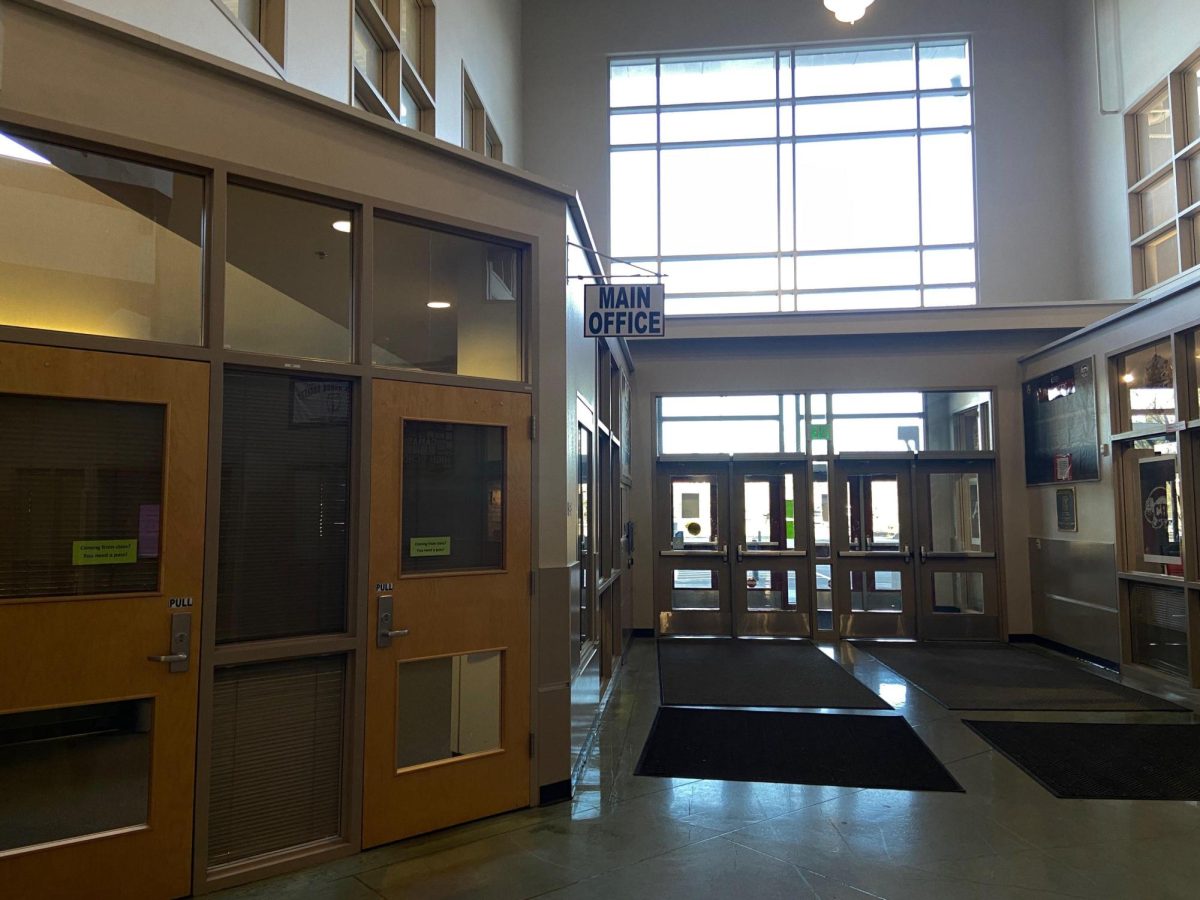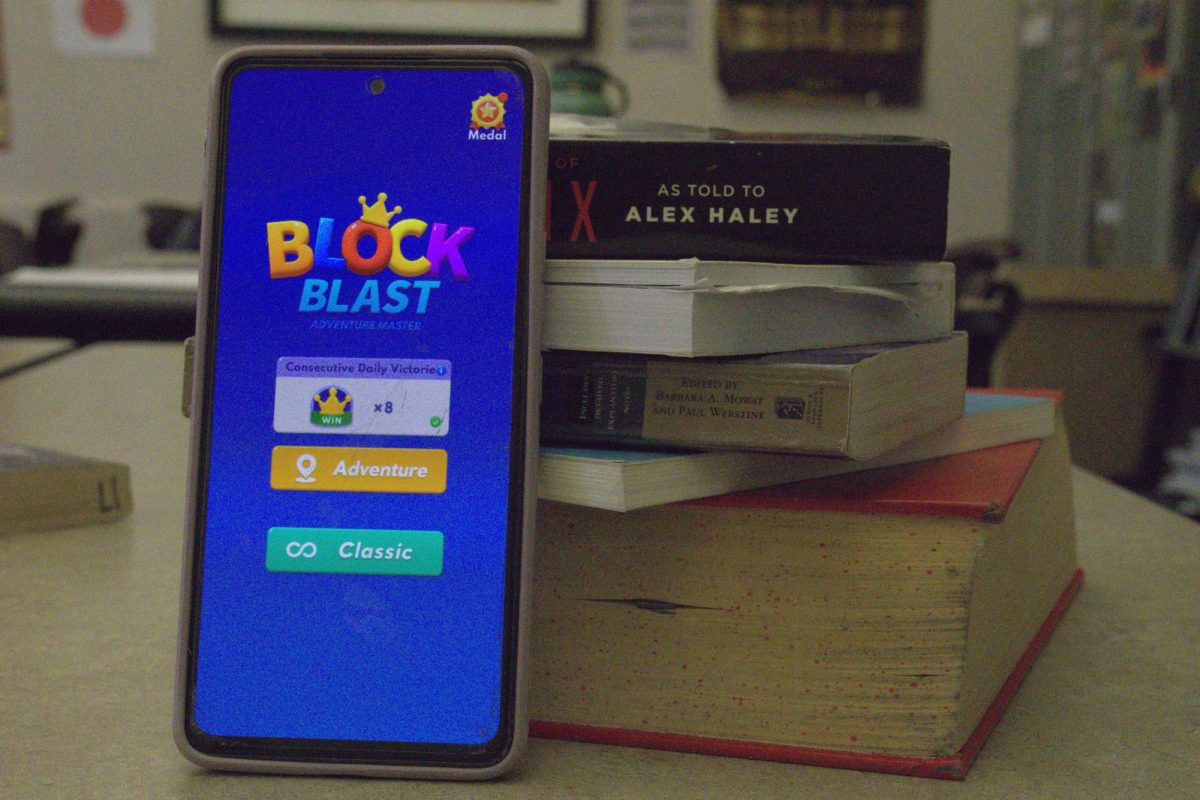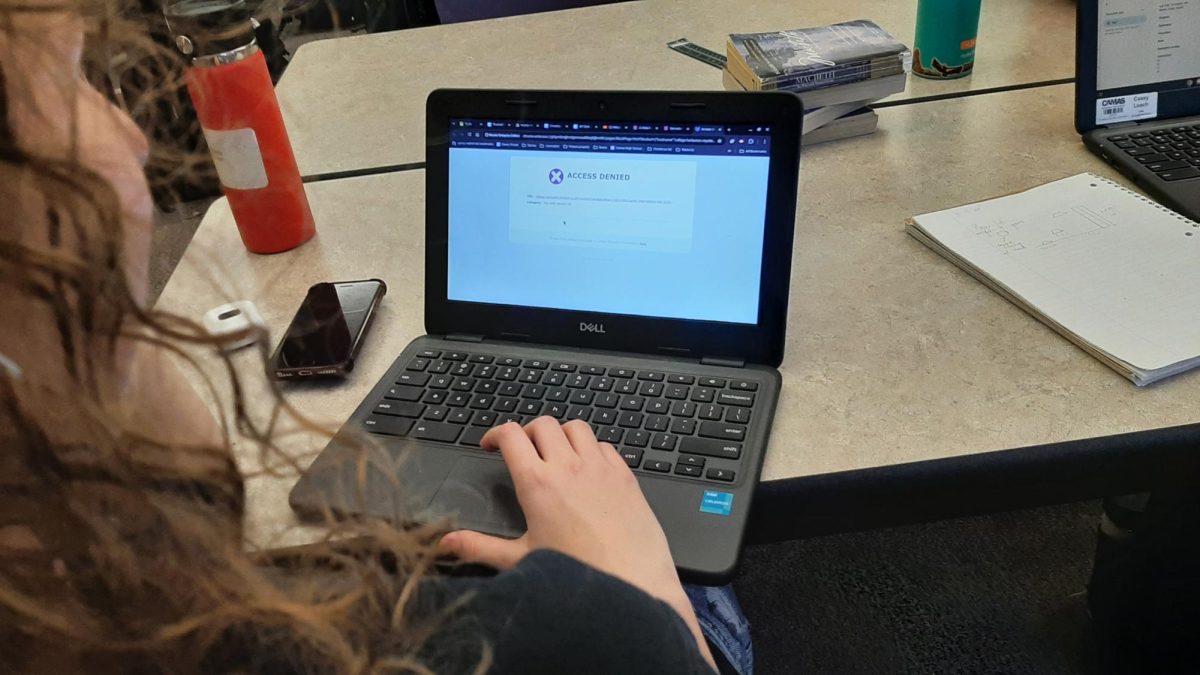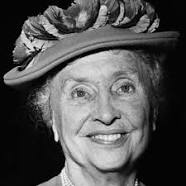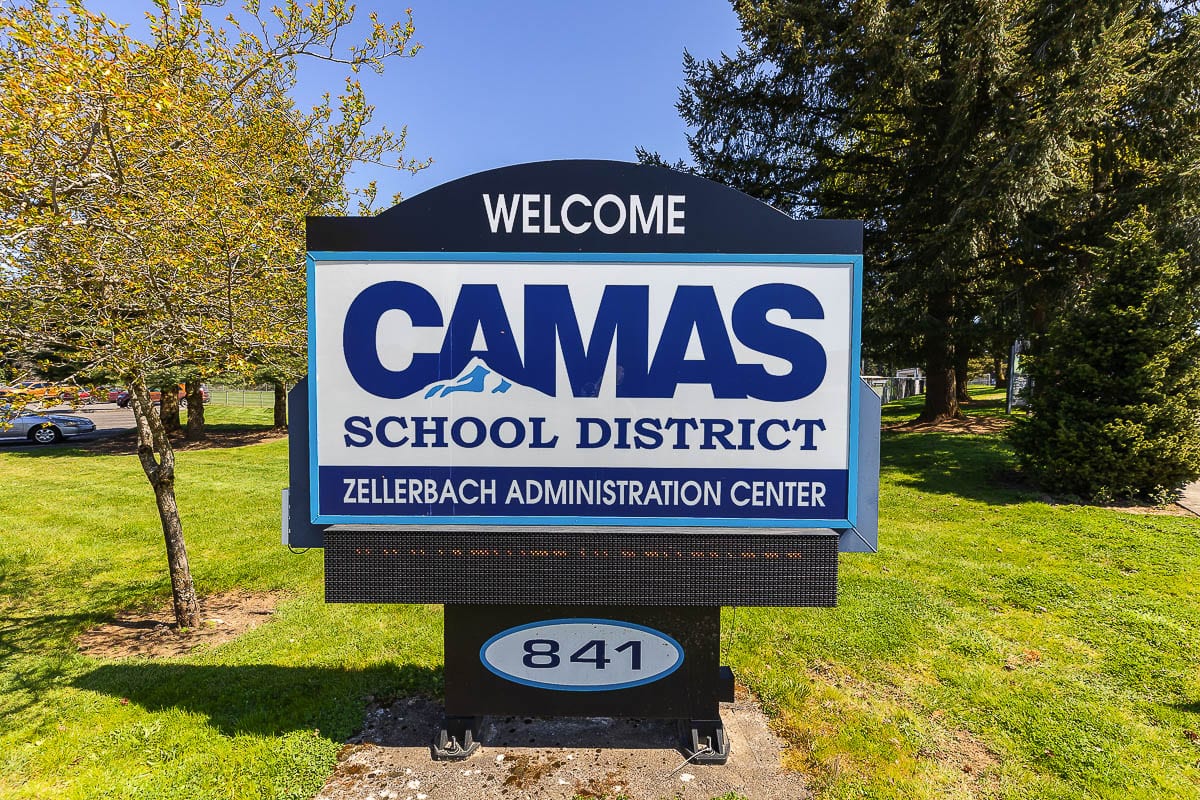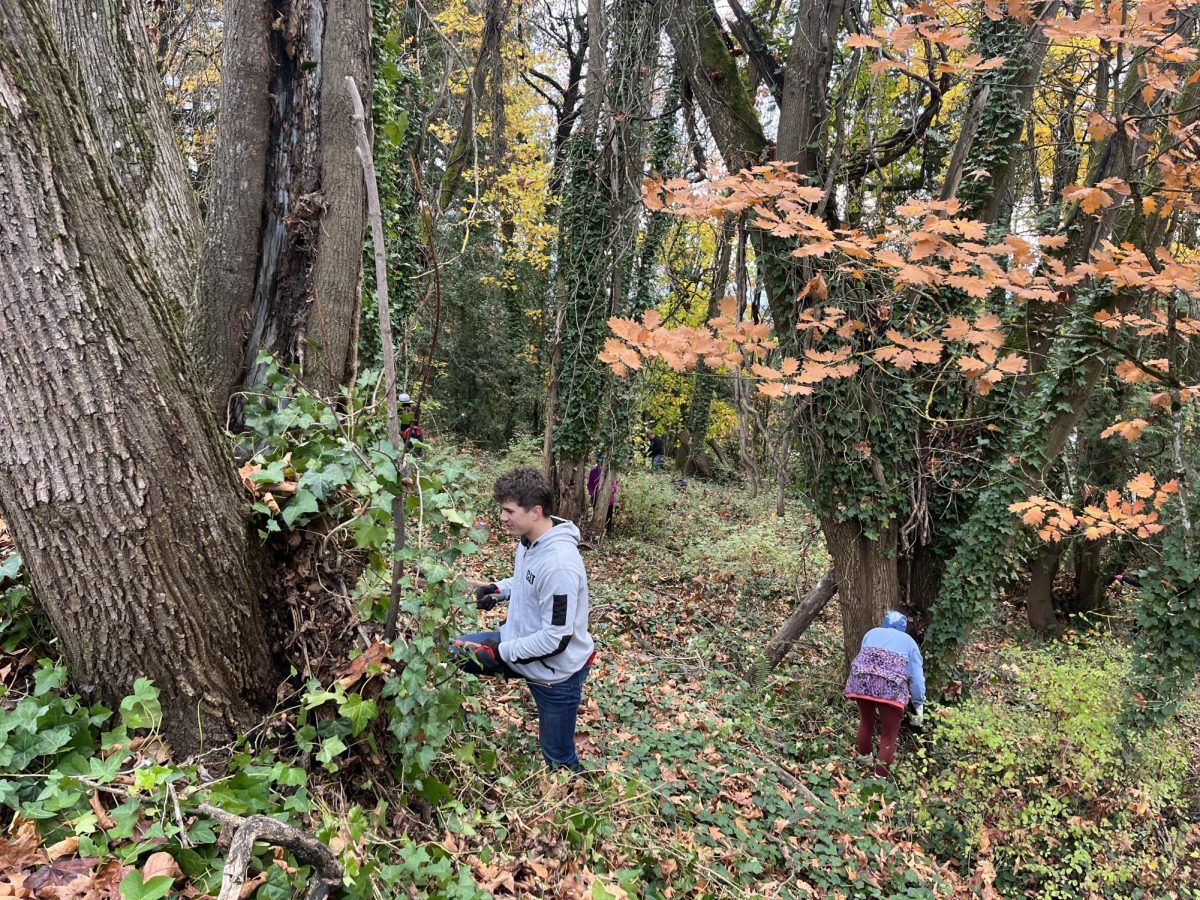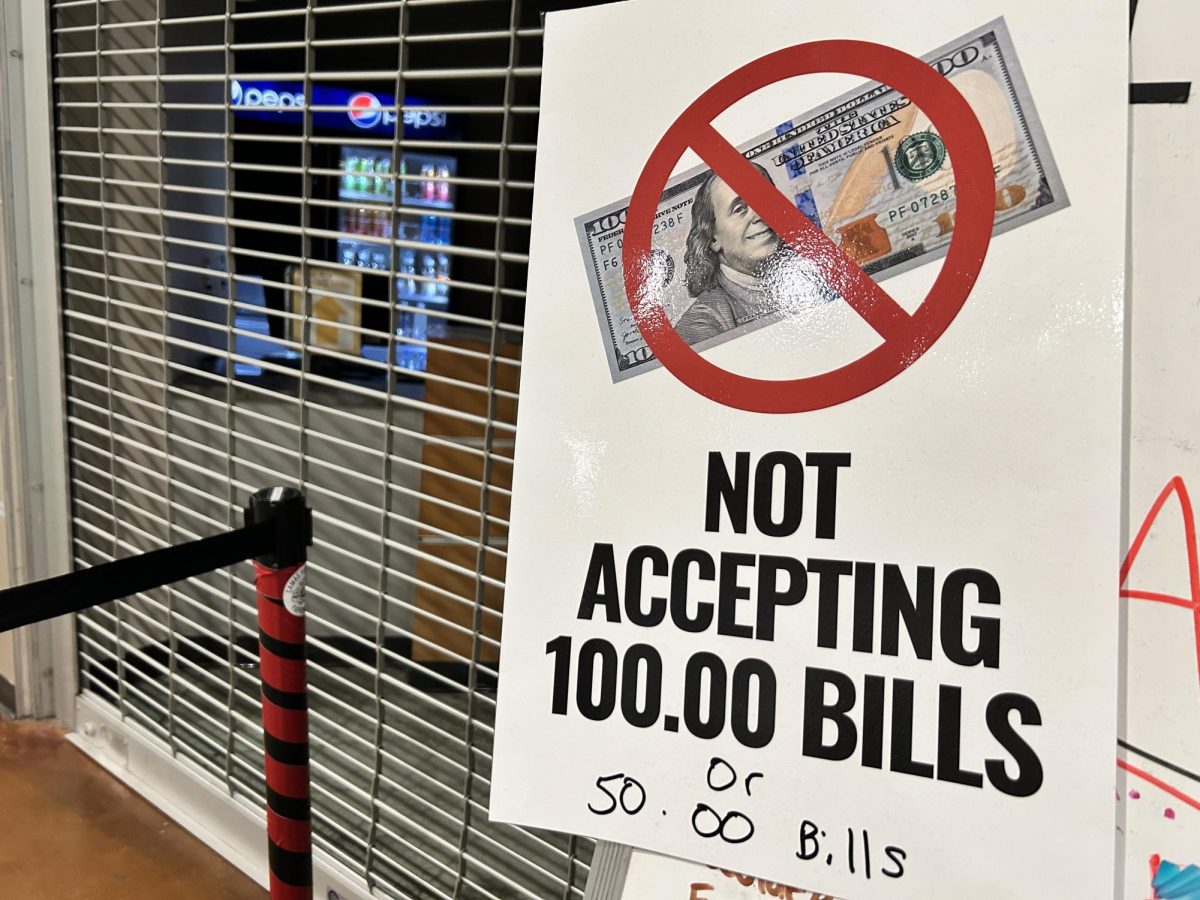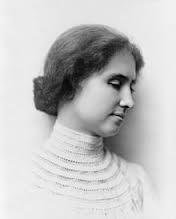 Helen Adams Keller was born in Tuscambia, Alabama on June 27, 1880. At only 18 months old, Helen was diagnosed with meningitis that left her both blind and deaf. At the age of seven, Helen’s parents elicited the help of Alexander Graham Bell, who later recommended Anne Sullivan as a permanent teacher for their beloved daughter. Anne was fresh out of Perkins School for the Blind at 19 years old and had no credentials to be teaching a young child. With help from Anne, Helen made tremendous progress with her communication skills and even went on to graduate college. Helen Keller is the most important and influential advocate for the deaf and blind in American history.
Helen Adams Keller was born in Tuscambia, Alabama on June 27, 1880. At only 18 months old, Helen was diagnosed with meningitis that left her both blind and deaf. At the age of seven, Helen’s parents elicited the help of Alexander Graham Bell, who later recommended Anne Sullivan as a permanent teacher for their beloved daughter. Anne was fresh out of Perkins School for the Blind at 19 years old and had no credentials to be teaching a young child. With help from Anne, Helen made tremendous progress with her communication skills and even went on to graduate college. Helen Keller is the most important and influential advocate for the deaf and blind in American history.
As a child, Helen’s family believed she would grow to be quite intelligent. By the time she turned one, she could walk and pronounce basic words such as, “papa,” “mama,” and “wa-wa.” At 18 months old, Helen contracted what modern day doctors believe was meningitis, swelling of the brain and spinal cord presenting with a high fever. Doctors did not predict Helen would live through the fever. Despite the odds, the young child pulled through and survived, yet the damage was already done. Helen was left deaf and blind. Trapped within a dark and silent eternity, she had limited access to the outside world.
Often, Helen would become frustrated with the isolation, causing her to lash out. Armed with only 60 different signs to communicate with, Helen and her best friend of the time, Martha Stewart, played pranks on the Keller family. One of their favorite games was to lock their victims in the kitchen pantry. Helen enjoyed the vibrations created by the banging of people from inside the pantry. “By the age of six, [Kate] later wrote in her autobiography, “the need of some means of communication became so urgent that these outbursts occurred daily, sometimes hourly.” It was at this time the Keller’s knew that had to find a teacher to tame their wild child.
When Helen turned seven, the family sought help from Alexander Graham Bell, teacher of the deaf and world-renowned inventor of the telephone. Helen’s first visit with Bell was one that would change her life forever. “I did not dream that that interview would be the door through which I should pass from darkness to light,” Helen recalled. Over the years, the pair became particularly close and Helen dedicated her autobiography in 1902, “To ALEXANDER GRAHAM BELL. Who has taught the deaf to speak and enabled the listening ear to hear speech from the Atlantic to the Rockies.” Bell decided he could not help Helen with as much as she needed. After speaking to the head master at Perkins School for the Blind, Bell suggested 19 year old Perkins graduate, Anne Sullivan.
Upon meeting Helen for the first time, Anne still had no idea how she was going to manage to teach this rebellious child without controlling her wild, free spirit. Chris Ford, author of the book “Teacher” wrote, “[Anne’s] impression of Helen was very favorable. She had anticipated a child who was pale and delicate, like Laura Bridgeman [former friend]. But Helen was strong, healthy, and vivacious.” Helen described the day that Anne Sullivan entered her world as the most important day of her life.
Anne Sullivan was Helen’s teacher, companion and mentor for nearly 50 years. Anne was born April 14, 1866 in Feeding Hills, Massachusetts, to poor Irish immigrants. At the age of 5, she contracted trachoma, a contagious conjunctivitis that attacks the eyes, and was left almost entirely blind. She later received several eye operations that restored her vision to some degree. After graduating class valedictorian from Perkins School for the Blind in 1886, she moved to Tuscumbia, Alabama, to become Helen’s teacher.
D-O-L-L. Anne slowly spelled the word “doll” into Helen’s hands the first day they met. The doll was a gift from the little girls at Perkins. Not being able to understand the strange movements and hand shapes that Anne was giving to Helen, she quickly became curious and thirst for more. Within a few hours, Helen could recognize many simple words; however, she still could not understand the meaning of the word. To Helen, mug and milk were the same object because the mug always had milk in it when handed to her.
Before the arrival of Anne, Helen had no way of understanding or communicating with the world. It was not until Anne forced Helen’s hand under the water pump and manually spelled W-A-T-E-R into her little hand at the age of seven that Helen was able to associate objects and ideas with words.
Helen states in her biography years later, “Suddenly I felt a misty consciousness as of something forgotten—a thrill of returning thought; and somehow the mystery of language was revealed to me. I knew then that “w-a-t-e-r” meant the wonderful cool something that was flowing over my hand. That living word awakened my soul, gave it light, hope, joy, set it free! …Everything had a name, and each name gave birth to a new thought. As we returned to the house every object which I touched seemed to quiver with life.”
Within a few months of working with Anne, Helen’s vocabulary had increased to hundreds of words and simple sentences. Anne also taught Helen how to read braille and raised type, and to print block letters. By age nine, Helen began to learn to speak and read lips, skills she continued to develop throughout her lifetime.
By this time in her life, her family and Anne agreed it was time for Helen to attend school. She was accepted into Perkins School for the Blind and Anne was accepted to be her guide. Helen loved Perkins, especially since all the books came in Braille and she could communicate with girls her own age. The years of isolation were almost over. Helen spent nearly every winter studying at Perkins: ‘“In the school where Laura Bridgman was taught I was in my own country.” She took courses in French, Latin, English arithmetic, geography and other subjects. She especially enjoyed the library of embossed books and the tactile museum’s collection of bird and animal specimens.
Helen attended Perkins for four years. Here and Anne then spent a year at the Cambridge School for Young Ladies to prepare Helen for college life at Radcliffe College. In 1904, she graduated cum laude from Radcliffe and became the first person with deafblindness to earn a bachelor of arts degree. Perkins School for the blind shares, “Later, [Helen] was the first woman to be awarded an honorary degree from Harvard University. She also received honorary degrees from Temple University and the Universities of Glasgow, Scotland; Delhi, India; Berlin, and Germany; and Witwatersrand and Johannesburg, South Africa.”
Many belittled Helen and Anne for both attending school. Many accused Anne of overworking Helen and wanting the education for herself and was using Helen and her disabilities.
Helen devoted her life and education to influence and help improve the lives of others. She published several books and essays about her own life and views and spent much of her time lecturing and lobbying for important social issues including women’s suffrage and assistance for people who were blind and deafblind. Helen also has a great interest in Hollywood and starred in two movies about her life, “Deliverance” and “The Unconquered.” Much of Helen’s later years were spent with Anne, traveling around the world, raising money and advocating for the blind and other social issues.
Helen received many awards throughout her life for her humanitarian efforts. In 1964, Lyndon B. Johnson awarded her the highest American honor, the Presidential Medal of Freedom. On the 50th anniversary of her graduation from Radcliffe College, she received the Alumnae Achievement Award. Radcliffe also dedicated the Helen Keller Garden in her honor and named a fountain in the garden for Anne. Helen later received Brazil’s Order of the Southern Cross, the Philippines’ Golden Heart, Japan’s Sacred Treasure, and in 1991, was named one of the most important people of the twentieth century by Life magazine.
Throughout their lives, Helen and Anne had to overcome adversity together and needed each other to accomplish what they did. Without Anne, Helen may never have been able to communicate with the outside world. After Anne’s death in October of 1936 meant the end of Helen’s tours and travels. After Anne passed away, Polly Thomson, who had worked in the Keller household since 1914, became Helen’s aide. Thomson passed away in 1960 and Winifred Corbally, a nurse-companion, assisted Keller until Keller’s death in 1968.



